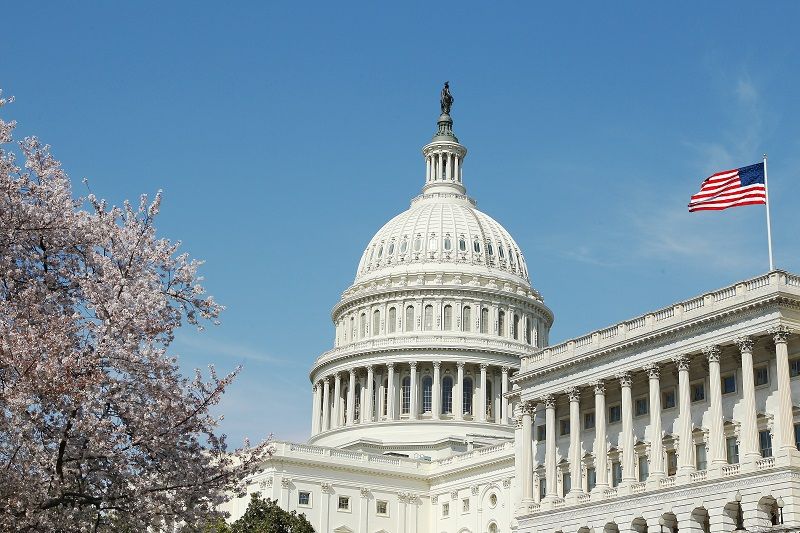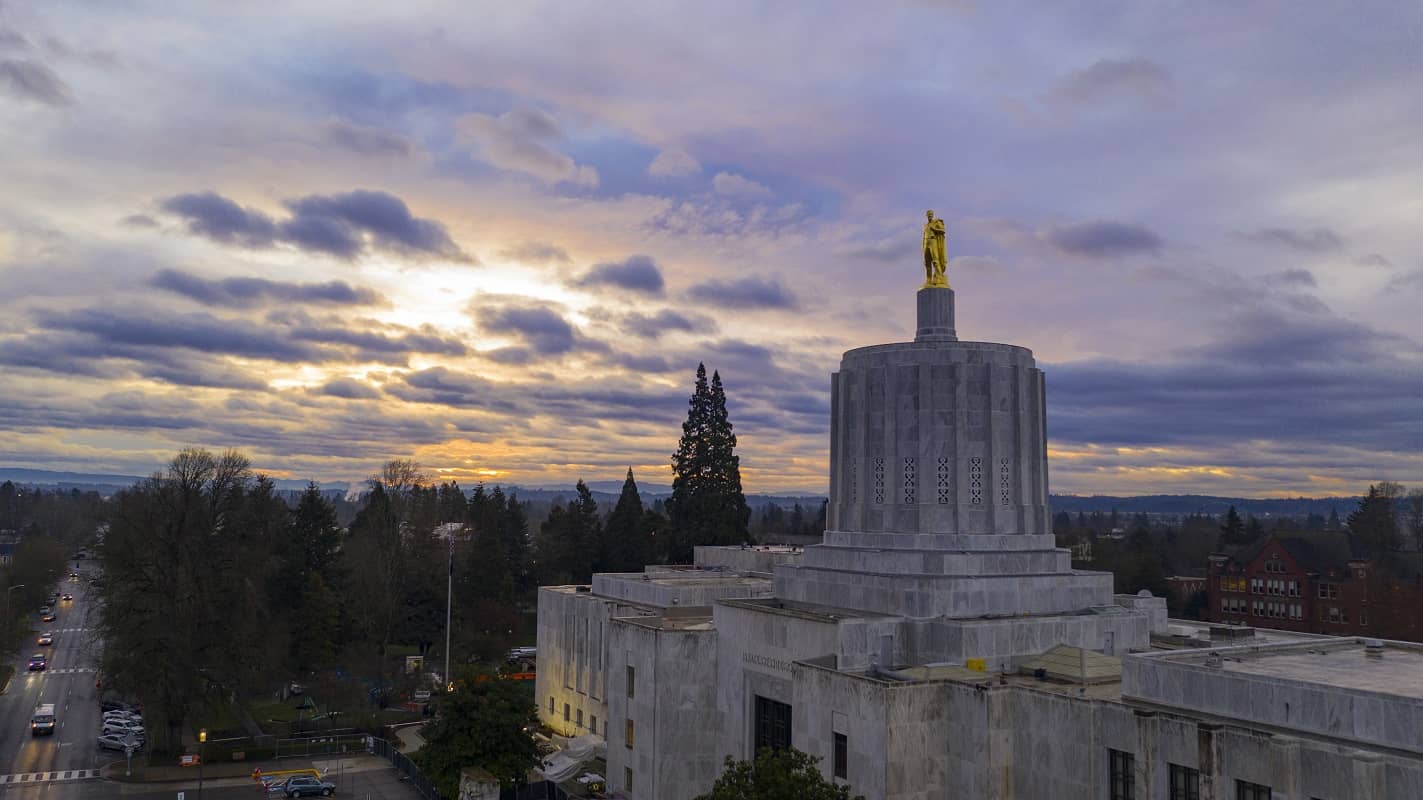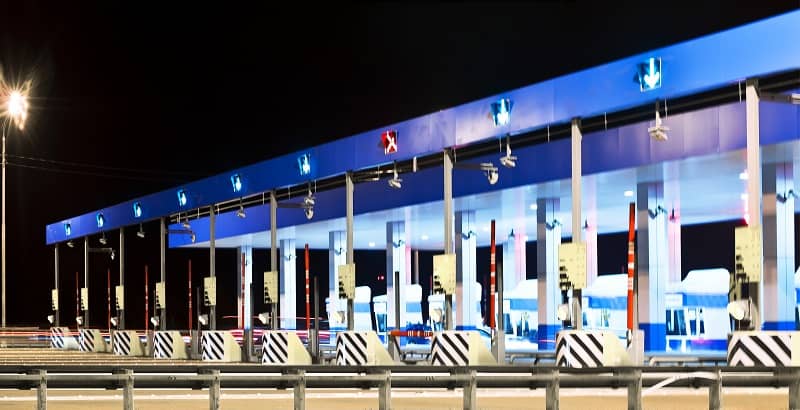By Rachel Dawson
In January 2019 the City of Portland implemented a voter-approved a 1% tax on certain “retail sales” within Portland to fund clean energy projects and jobs training. This tax will be applied to retailers with $1 billion or more in total sales, $500,000 of which must be from within Portland city limits. Retailers can pass the cost of the tax along to the purchaser of the good or service. Thus, it is likely consumers—not retailers—will ultimately be paying for it. Once collected, these funds will be administered by the Portland Clean Energy Fund.
Despite claims that the Portland Clean Energy Fund is unique, the energy efficiency projects funded by this tax are already being completed by the Energy Trust of Oregon (ETO) and Oregon Housing and Community Services through a surcharge on ratepayers’ utility bills. In some cases, the Portland Clean Energy Fund will be triple-taxing Portland utility ratepayers.
Approximately 40-60% of funds will be allocated to clean energy projects including renewable energy, conservation, and green infrastructure for residential, commercial, and public school projects. At least one half of clean energy project funds must benefit low-income residents and minorities. The Portland Clean Energy Fund will also be used to help Portland meet its goal of using 100% community-wide electricity from renewable sources by 2035.
Many voters believed this tax would only affect large retailers. However, senior deputy city attorney Kenneth McGair admits the tax will affect public works projects and construction equipment wholesalers, as well as disability insurance plans and insurance policies. The only exempt transactions will be groceries, medicine, and health care services. Due to its impact on construction, this tax will increase the cost of taxpayer funded projects such as affordable housing.
While 1% may seem like a small amount, it will add up to millions of dollars when applied to high-cost construction projects. For example, the tax will add an estimated $2 million to Lincoln High School’s $200 million renovation costs.
Voters may be unaware that they are already paying for similar clean energy projects through a surcharge on their utility bills known as the Public Purpose Charge (PPC). The tax rate from the PPC has grown to over 6% for many electric utility customers and up to 5.8% for ratepayers who consume natural gas.
ETO uses funds from the surcharge to support energy efficiency projects for low-income families (low-income weatherization), rehabilitation and construction of low-income housing, above-market renewable energy, and energy conservation and market transformation. Not only will the Portland Clean Energy Fund be completing similar projects to ETO’s, but ETO projects that involve construction, such as their affordable housing and school green infrastructure projects, will now be further taxed to support energy efficiency. Some ETO ratepayer-funded clean energy projects will be taxed to further fund clean energy projects. And many Portland area residents will be caught paying for both.
In addition to the ETO, the Oregon Housing and Community Services (OHCS) agency also benefits from the PPC surcharge to fund additional low-income weatherization projects, arguably the same demographic the Portland Clean Energy Fund aims to help.
One of these tax programs should be repealed: either the Portland Clean Energy Fund or the Public Purpose Charge. Doing so will ensure that Portland residents are not double- or triple-taxed for multiple programs that provide the same services.
Rachel Dawson is a Policy Analyst at Cascade Policy Institute, Oregon’s free market public policy research organization.
Click here for PDF version:
19-12-Portland’s_Clean_Energy_Tax_A_High_Cost_with_Low_BenefitPDF












